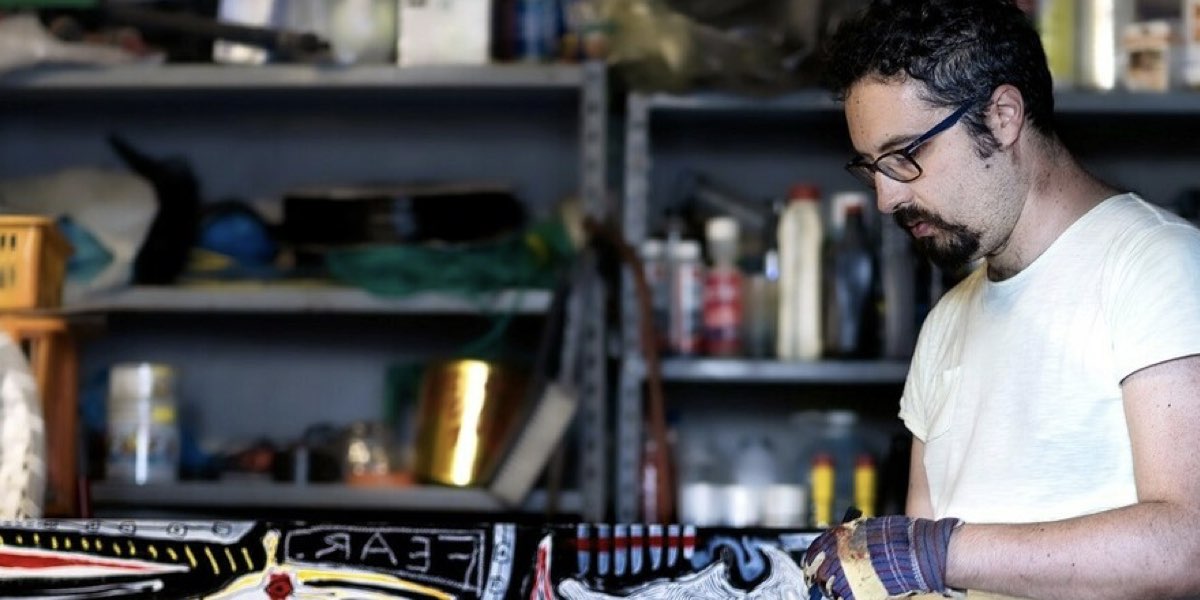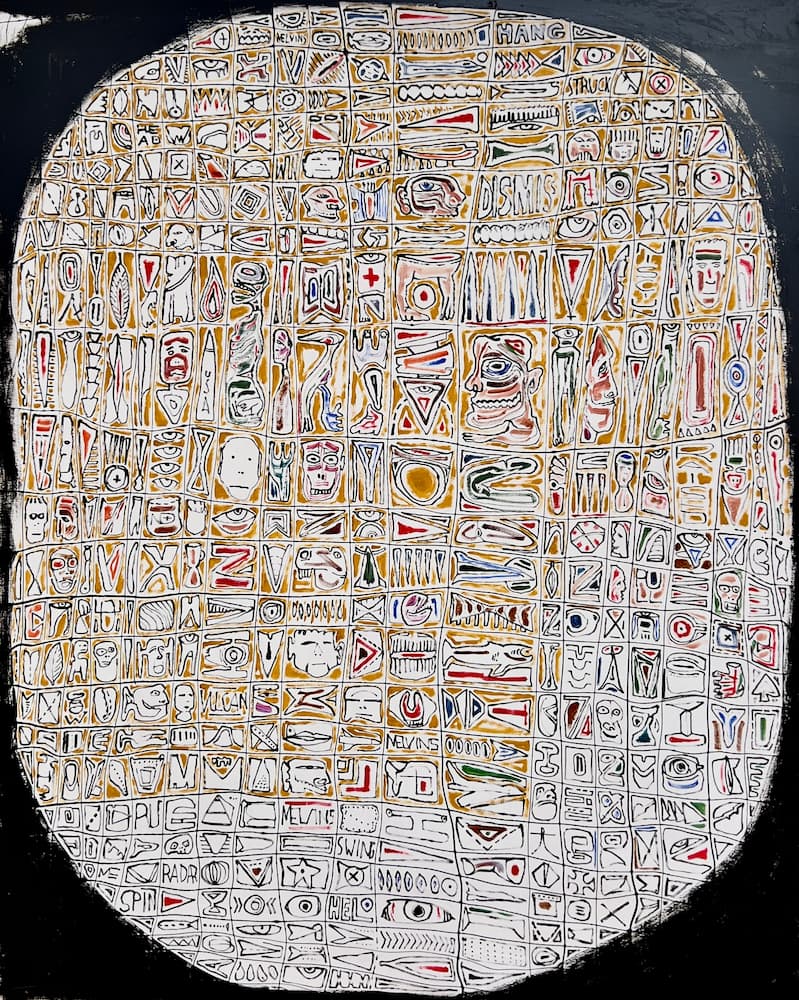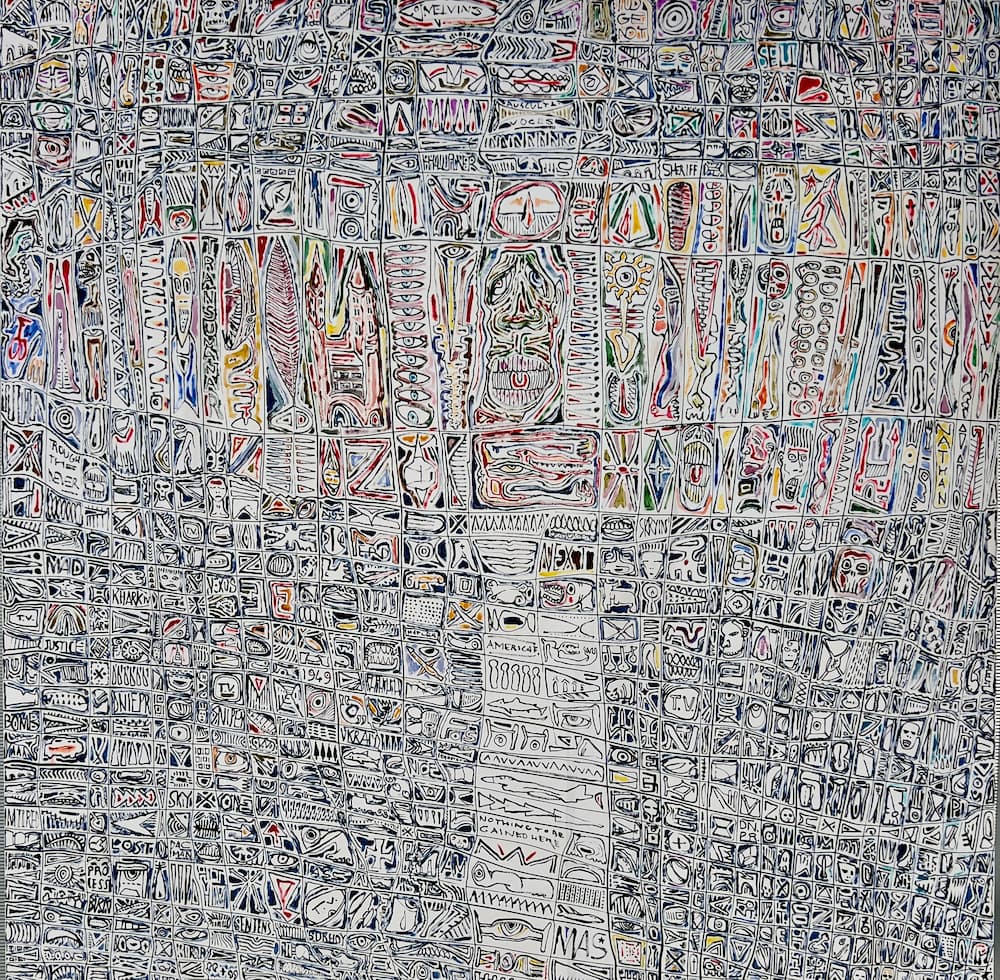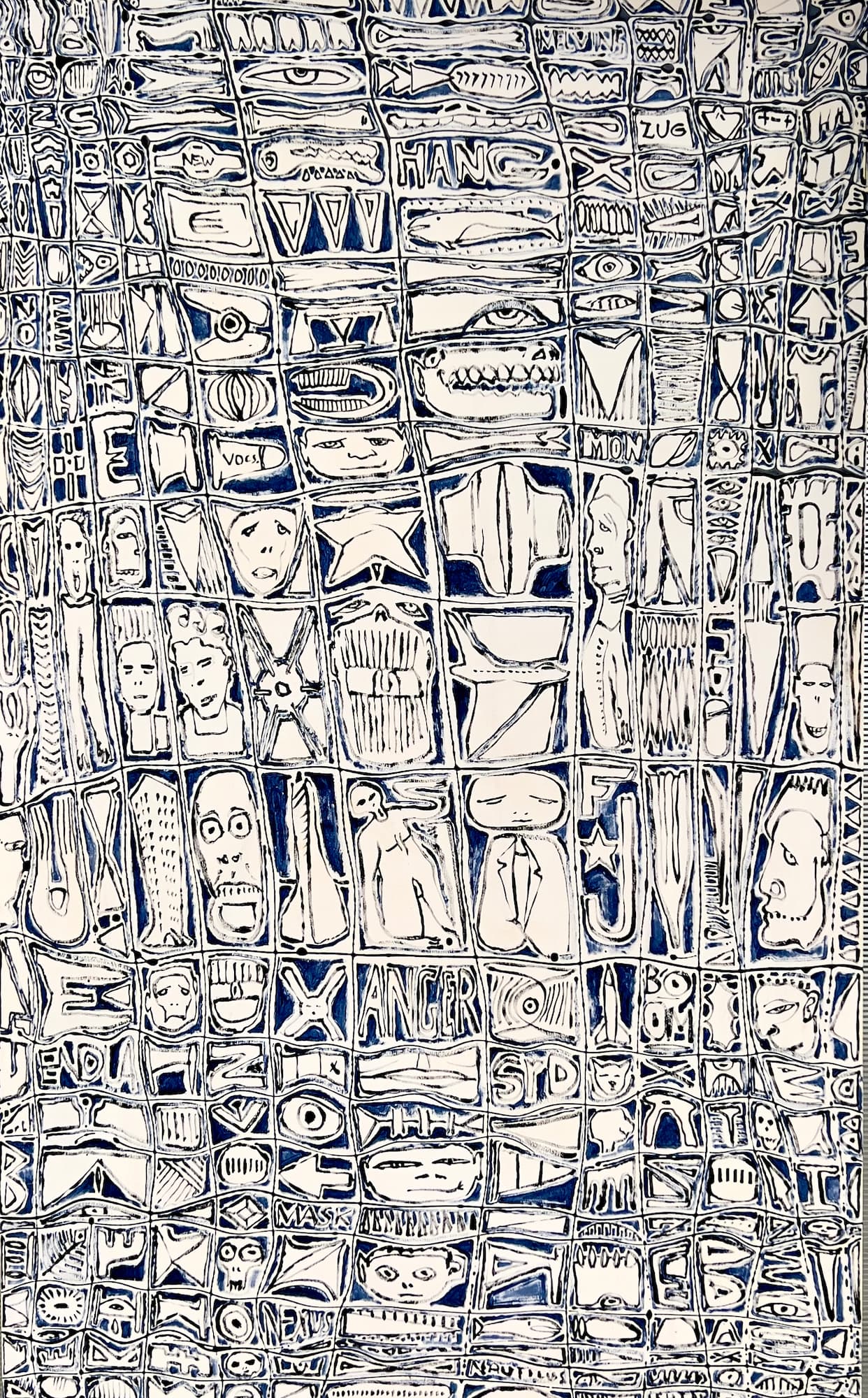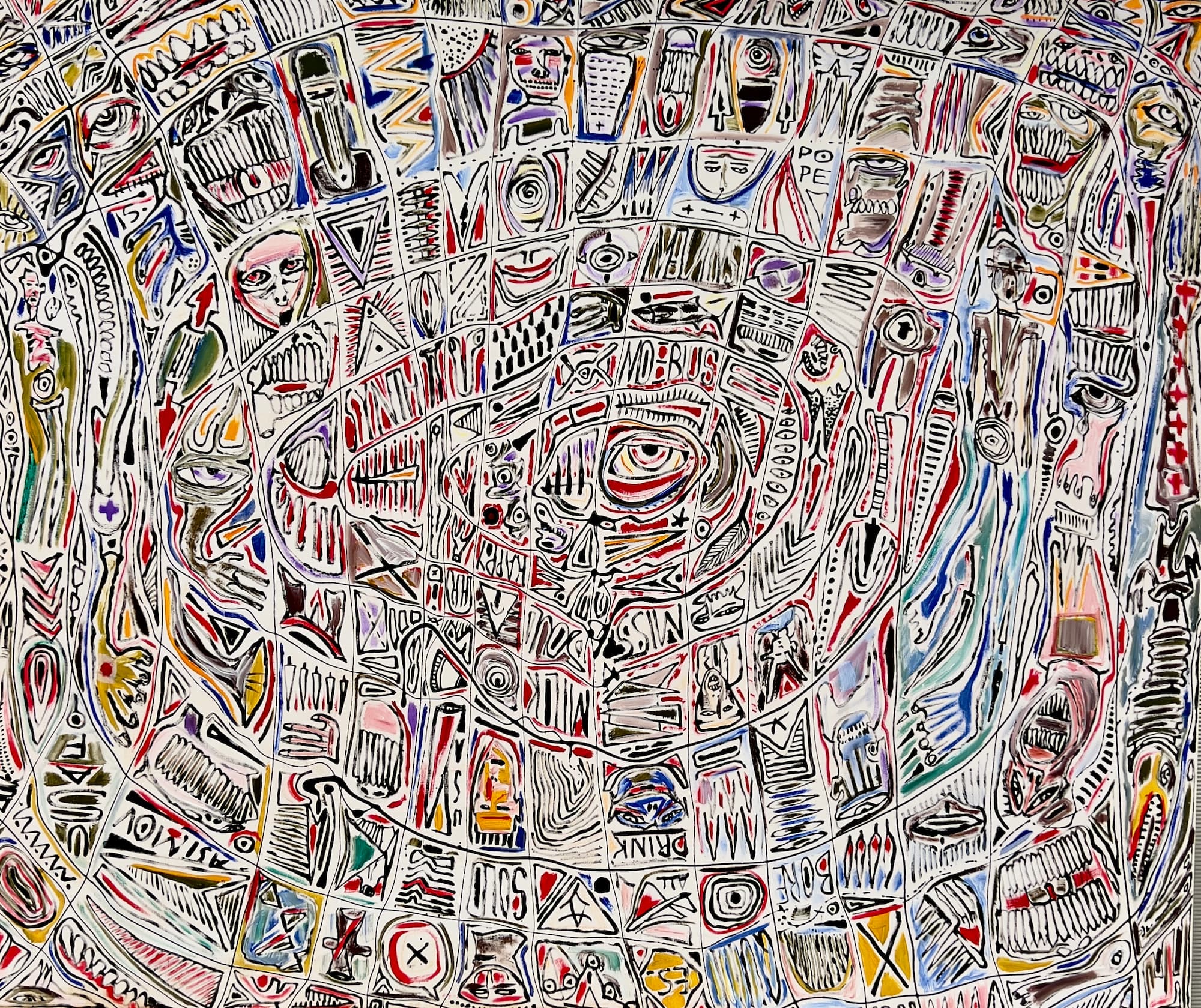
Michele Omiccioli
Michele Omiccioli was born in Fano in 1981. Classical high school diploma in 2000; graduated in Modern Literature in 2005 with a thesis on the novel ‘Corporale’ by Paolo Volponi. The desire to paint was born of itself, in the existential marasmus of a lifetime. After a year of university, the shockwave of Basquiat’s work.
Great satisfaction followed from 2002 to 2007, with a major exhibition that year at Nuremberg City Hall (March 2007). Passion means commitment, effort after effort, result after result, to arrive today, of new and unexpected perspectives.
“I use an heterogeneous approach of painting. I do not like to paint in series. The painting should not appear, but should be an experiment, the variables of which become foundational elements of the work in progress, though under strict control of mind and hand. It is necessary to construct the painting in order to see beyond it, using ‘unexpected’, peculiarities of color, touch, surface that turn into resources, unexpected elements that turn out at each brushstroke. The rest does not interest me.
The painter must not be satisfied with a ‘blueprint’ of a painting, but must seek a living, unexpected work that undermines what is seen in his mind. A work that says everything at first glance is already limited in its inspirational horizon. Every element, every detail must appear and reappear in the layering of readings, like stones resurfacing from a tide, the tide of the surface.
I constantly try to bring this, the paradox of vision. On the one hand, instinctively creating very intense, sometimes elaborate abstract rhythmic patterns, hopefully with their own musicality. On the other, I cannot help but think about how ‘powerful’ architectures such as that of the Gugghenheim in New York or the monolithic nature of a Colosseum can tip over into wheels, merry-go-rounds, turbo-fans, into new visions that enrich the interpretation of my works, which I sometimes call ‘critical works.’
A painting that wants to represent and reflect, to warn about the risks of passive representation of what looks and what is”.
